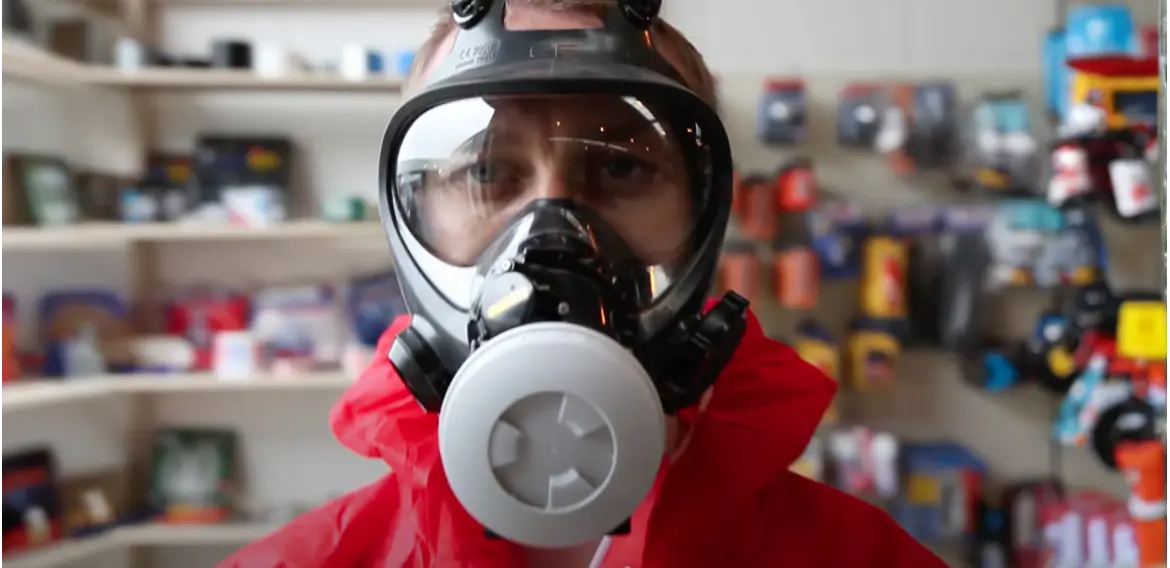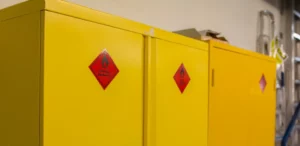When it comes to dealing with hazardous substances or tasks such as spray painting, respiratory protection is not just a safety precaution—it’s an absolute necessity. From preserving workers’ health in the short term to protecting them from severe, long-term health effects, using the right personal protective equipment (PPE) can literally be a lifesaver.
Here in New Zealand, the Health and Safety at Work Act (HSWA) 2015 states that employers have a strict duty to provide suitable respiratory protective equipment (RPE) where necessary. It is also important that under HSR Regulation 4.5 (3)iii the employee receives proper training around the respiratory product.
Understanding the Risks:
When dealing with hazardous substances, such as while spray painting, workers can be exposed to a variety of harmful airborne particles, gases, and vapours. These can range from paint particles and solvent vapours in spray painting operations to more sinister substances like asbestos, volatile organic compounds (VOCs), or even toxic industrial chemicals. Inhalation of these substances can lead to acute respiratory symptoms, such as coughing and shortness of breath, and can exacerbate existing conditions such as asthma.
However, the real concern lies with the long-term effects of such exposure. Prolonged inhalation of harmful substances can lead to chronic respiratory conditions such as Chronic Obstructive Pulmonary Disease (COPD), lung cancer, and silicosis, amongst others. Some chemicals may also have systemic effects, affecting other parts of the body and leading to conditions like liver damage or neurological disorders.
The Health and Safety at Work Act 2015 Regulations and Beyond
In New Zealand, the Health and Safety at Work Act (HSWA) 2015 obliges employers to ensure, as far as reasonably practicable, the health and safety of workers. Under the regulations, this includes providing adequate RPE where there’s a risk of exposure to airborne contaminants.
The HSWA regulations advocate a hierarchy of controls approach, where elimination of the hazard is the first step. If elimination is not possible, the regulations require the implementation of engineering controls such as ventilation. In additions to these measures RPE be used.
However, simply providing respirators isn’t enough. Employers must also ensure that the equipment fits the user correctly and that workers are trained in its use and maintenance. Regular fit testing is crucial to ensuring that masks provide the necessary level of protection.
The Way Forward
While the HSWA regulations provide a strong foundation, businesses should look to exceed these standards wherever possible. The use of higher-grade RPE, regular health monitoring, and the implementation of robust safety cultures can all play a part in safeguarding worker health. Multiple types of respirators exist that can cater to any requirement.
As we move forward in the 21st century, industries and businesses must continue to innovate and advance safety protocols for hazardous substances and spray painting operations. Protecting the respiratory health of New Zealand’s workforce is not just about meeting regulations—it’s about valuing human lives and ensuring sustainable, safe work environments for everyone.
Author: Roger Fleming

